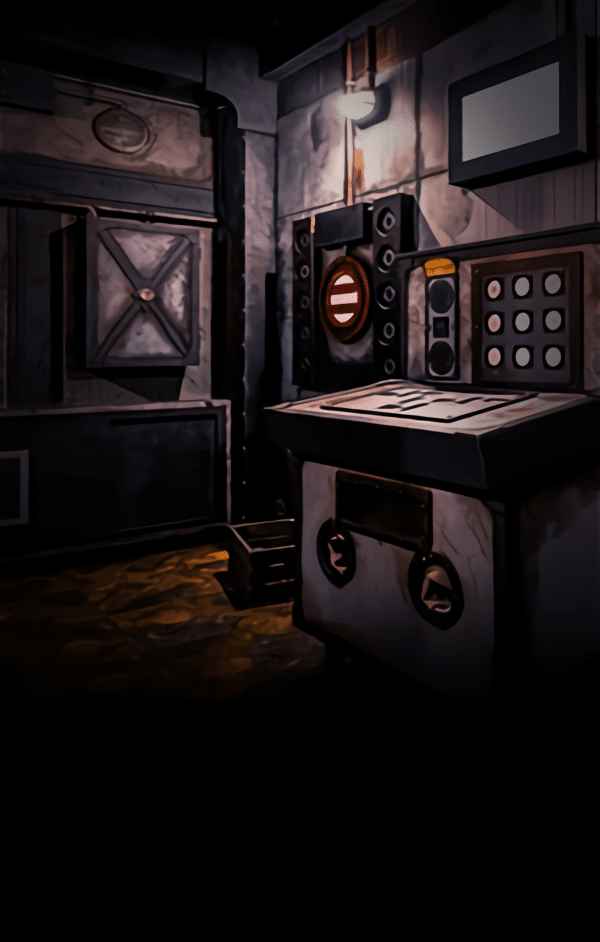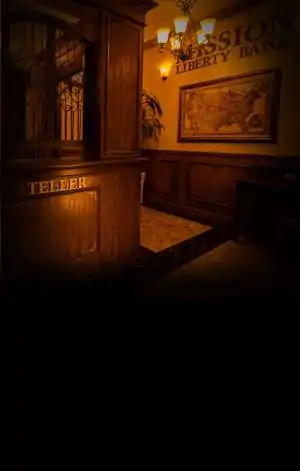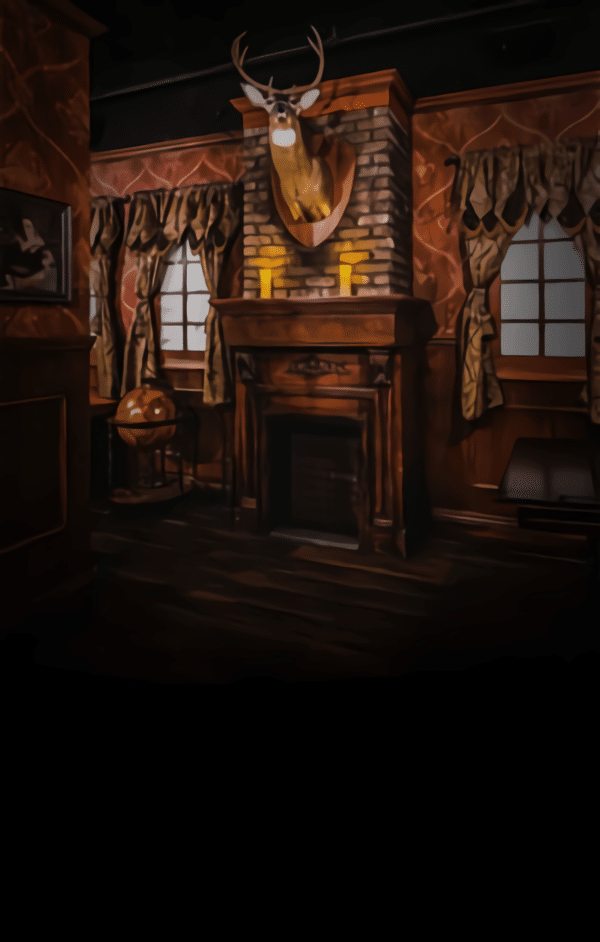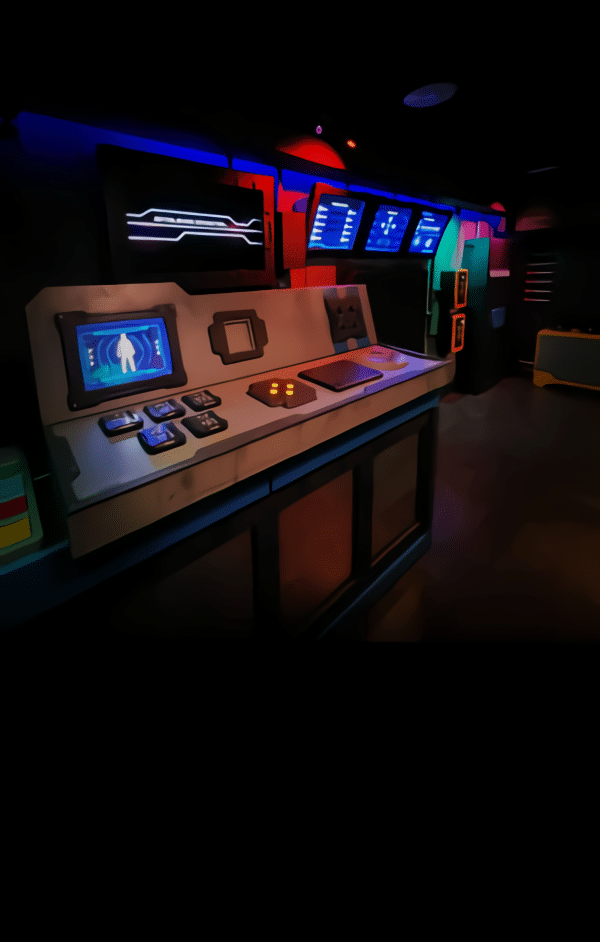Escape rooms are thrilling adventures built on teamwork, quick thinking, and problem-solving under the pressure of a ticking clock. One of the most crucial elements of the experience is time management. At Mission Escape Games – NYC, located in midtown New York City, guests enjoy immersive scenarios like End of Days A, End of Days B, Hydeout, and Carbon: 3708. Each game offers players a set time limit to solve puzzles, unlock mysteries, and ultimately escape. But how do escape rooms track time so effectively? Let’s explore this fascinating process.
Importance of Time in Escape Room New York
Time management lies at the heart of every escape room challenge. Without a clear time limit, the sense of urgency would diminish, and the excitement would fade. In an escape room New York, players typically have 60 minutes to complete their mission. This countdown pushes participants to think fast, communicate effectively, and prioritize tasks. The tension builds as the final minutes approach, creating memorable, adrenaline-filled moments.
Time also acts as a balancing factor. It ensures every team has an equal challenge, regardless of experience level. Whether beginners or seasoned enthusiasts, all groups must work within the same time constraints, which adds fairness and consistency to the game.
Digital Countdown Clocks and Displays
Most escape rooms use digital countdown clocks prominently displayed in the room. These timers are synchronized with the game’s start and reset at the beginning of each session. In escape room New York, these displays often serve as both motivators and reminders.
Clocks can take different forms: wall-mounted LED displays, screens built into props, or projected visuals. Players frequently glance at the clock to monitor progress and adjust strategies accordingly. A quick look at the ticking time can remind teams to focus on simpler puzzles first or revisit challenges they’ve left behind.
Game Master Monitoring Systems
Behind the scenes, game masters play a critical role in time tracking. Each escape room is monitored through cameras and audio feeds, allowing staff to keep track of progress. The game master starts the official timer when players enter and stops it if a team completes the challenge early.
This dual system—visible in-room clocks and staff-operated timers—ensures accuracy and prevents discrepancies. Game masters also provide hints at timed intervals, ensuring players don’t get stuck for too long and waste precious minutes.
Integration of Time with Storytelling
Escape rooms are designed to immerse players in a story. In many scenarios at escape room New York, time is not just a limit but part of the narrative. For example, players might be “defusing a bomb” or “escaping before a villain returns.” The timer represents the looming threat in the storyline, adding layers of suspense.
This storytelling integration makes the countdown more than a simple clock—it becomes a symbol of the mission itself. Players often feel like they are racing against time in a real-life adventure.
Use of Technology in Tracking
Beyond simple countdown displays, advanced technology enhances time tracking in escape rooms. Smart software systems connect puzzles, locks, and events to the game timer. When a team solves a critical puzzle, the system may trigger changes in the room—such as unlocking a new area or adjusting the time remaining.
Some games also use sensors to detect progress. For instance, placing an object in the right spot may trigger a timer reset, or opening a final lock may automatically stop the countdown. These integrations create a seamless and high-tech experience for players.
Role of Audio and Visual Cues
Escape rooms often reinforce time tracking with audio and visual cues. Alarms, flashing lights, or dramatic music may indicate the last five minutes. This design increases tension and encourages players to speed up.
At escape room New York, these cues immerse teams in the atmosphere. Instead of just watching a number decrease, participants feel like the world around them is actively reminding them of the mission’s urgency.
Player Responsibility in Time Management
Although timers and game masters track the official countdown, players themselves must manage how they use their time. This includes dividing tasks, prioritizing easier puzzles, and avoiding getting stuck on one challenge for too long.
Effective teams keep an eye on the timer and check in with each other regularly. By assigning roles and maintaining focus, they maximize their chances of completing the mission before the clock runs out.
How Different Games Manage Time Differently
Each game at escape room New York—End of Days A, End of Days B, Hydeout, and Carbon: 3708—uses time creatively. For example:
-
End of Days A & B: Designed for competition, time tracking ensures both groups face the same challenge simultaneously.
-
Hydeout: The timer mirrors the suspenseful theme, making players feel like they are racing against a mysterious adversary.
-
Carbon: 3708: High-tech elements integrate with the timer, reinforcing the futuristic theme.
This variety ensures players experience different ways in which time pressures are presented, keeping each adventure unique.
Why Accurate Time Tracking Matters
Accurate time tracking ensures fairness, consistency, and enjoyment for every participant. If timers were inaccurate or loosely enforced, the challenge would lose credibility. In escape room New York, precision is key, as the games are designed to deliver a professional and competitive experience.
It also maintains trust with players. When a team fails with only seconds remaining, they can be confident the timer was fair and accurate. This transparency enhances satisfaction, whether players win or lose.
Conclusion
Time tracking is one of the most important elements that define the escape room experience. In escape room New York, timers are carefully managed through digital displays, monitoring systems, immersive storytelling, and advanced technology. This blend of accuracy and creativity ensures every player experiences the thrill of racing against the clock. Whether you’re solving futuristic puzzles in Carbon: 3708 or competing in End of Days, the countdown clock remains your greatest motivator. To explore these adventures, check out escape room new york.
Frequently Asked Questions
Q: How do escape room New York track time?
A: Time is tracked using digital countdown clocks, monitoring systems run by game masters, and integrated software that ensures precision. Players see the timer in the room, while staff monitor progress behind the scenes.
Q: How long do players usually have to complete a game?
A: Most escape room New York games allow 60 minutes. Some scenarios may vary slightly, but one hour is the standard time limit.
Q: Can players finish before the timer runs out?
A: Yes. If a team solves all puzzles early, the game master stops the timer, and the group earns bragging rights for escaping ahead of time.
Q: What happens if the timer runs out?
A: If the timer reaches zero, the game ends. The game master enters the room to debrief the players, explain missed puzzles, and conclude the storyline.
Q: Do different escape room games use timers differently?
A: Yes. Each game uses timers to fit its storyline. Some may add tension with alarms or visuals, while others integrate the timer into futuristic or competitive scenarios.









